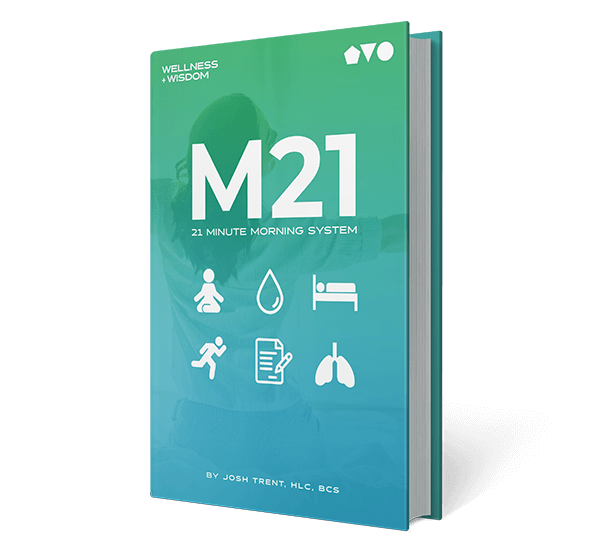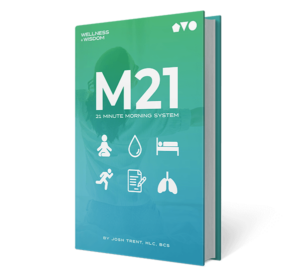 Dementia is a path that may seem taxing, not just for those who are diagnosed but for their family members, too. When dementia with behavioral disturbance enters the picture, it can add another layer of complexity. Dementia affects the brain in several ways, leading to irritability and hostility. These changes are not a reflection of the person you know and love. With some sensible approaches, understanding, and patience, one can control these behaviors so that everybody involved feels comfortable. Let's explore some common examples of behavioral disturbances in dementia and gentle ways to address them.
Dementia is a path that may seem taxing, not just for those who are diagnosed but for their family members, too. When dementia with behavioral disturbance enters the picture, it can add another layer of complexity. Dementia affects the brain in several ways, leading to irritability and hostility. These changes are not a reflection of the person you know and love. With some sensible approaches, understanding, and patience, one can control these behaviors so that everybody involved feels comfortable. Let's explore some common examples of behavioral disturbances in dementia and gentle ways to address them.
Table of Contents
Psychosis
Psychosis—seeing or hearing things that aren't there—or delusions, like believing something false with certainty, could mark dementia with psychosis. It is devastating to watch somebody you love live in a world that seems so very genuine to them but which others do not experience as a result of dementia with behavioral disturbance.
How to Manage It
Compassion trumps correction in this case. If your loved one insists they see someone in the room, resist the urge to argue—it can heighten their distress. Instead, say gently, “That sounds unsettling for you. Can you tell me more?” Then, if it is safe, move their attention—maybe to a favorite song or a known object. As overstimulation may aggravate symptoms, keep their surroundings calm and constant. A physician may recommend medicines should psychosis become regular or severe. In any case, you should always have a gentle, calming approach.
Sleep Disturbances
In dementia, sleeping can be difficult. Night-time can become a time of unrest or bewilderment. For both the dementia sufferer and their caregivers, rest is very important for well-being.
How to Manage It
Relaxing evening routine: warm tea, gentle lights, a quiet story. If feasible, restrict midday naps and promote mild exercise, including a brief walk to naturally tire them out. Stay cool and gently steer them back to bed if they wake in the middle of the night. While doctors sometimes advise something like melatonin, the comfort of routine usually does miracles all by itself.
Restlessness and Fidgeting
Pacing, tapping, or fiddling with items might indicate an inner distress that words can't convey. Their body seems to be seeking something their mind cannot really define.
How to Manage It
Provide any pent-up frustration a clean outlet. A puzzle to tinker with, a soft ball to squeeze, or even a walk together can turn restlessness into something under control. Meet them in their activity if possible; it is a silent way to say, “I am here with you.” You can avoid unnecessary distress by keeping your room clutter-free.
Aggression
Aggression can seem like a surprise, particularly if it is out of character. Often initiated by anxiety or worry rather than anger at you, it might come out as yelling, hitting, or sharp remarks.
How to Manage It
Stay relaxed even when it is difficult. Step back if necessary to ensure everyone is safe and lower your voice to a comforting level—think of it as a verbal embrace. Identify triggers like hunger or a loud room and handle them kindly. Although a doctor can advise strategies to calm the storm, your constant presence is the first line of peace.
Anxiety
Anxiety in dementia can look like constant worry, clinging, or a racing heart over things that seem small to us but feel huge to us. It's their world tilting, and they're grasping for stability. It is one of the most persistent symptoms of dementia with behavioral disturbance.
How to Manage It
Reassurance is your anchor. Hold their hand, look them in the eye, and say, “You’re safe with me.” Keep their day predictable—familiar faces, times, and places can ease the tension. A cozy blanket or a favorite tune can also wrap them in calm when words aren’t enough.
Depression and Apathy
When joy fades, it can show as withdrawal, low energy, or a quiet “I don’t care.” It’s not laziness—it’s dementia with behavioral disturbance dimming the light they once carried so brightly.
How to Manage It
Celebrate small moments. A shared laugh, a bite of a favorite treat, or sitting in the sun can lift the fog, even briefly. Encourage gentle involvement—a photo album to flip through or a song to hum—but don’t push too hard, cause that could make them retreat further. If the sadness lingers, a doctor might offer support, but your warmth is the heartbeat of this care.
Disinhibition
Disinhibition might mean blurting out bold comments, undressing in public, or acting impulsively. It’s the brain’s filter slipping, not their heart changing.
How to Manage It
Guide, don’t scold. If they say something surprising, redirect with a smile—“Let’s talk about your favorite memory instead.” Keep a light tone and, if needed, a private space handy for those unexpected moments. It’s about preserving their dignity while keeping things smooth for everyone.
Repetition
Hearing the same question or story on the loop can test your patience, but it's your mind seeking a foothold in a shifting world.
How to Manage It
Answer with kindness each time, as if it's the first. “Yes, we'll see them soon,” or “I love that story!” can keep the connection alive. Distraction works, too—hand them a photo or ask a simple question back. It's less about stopping the loop and more about riding it with grace.
Conclusion
Caring for someone with dementia with behavioral disturbance is a tender, challenging dance. Each step—whether managing psychosis or soothing restlessness—asks for your patience and love. You're not erasing the behaviors; you're softening their edges, making space for the person beneath to shine through when they can. Lean on doctors, friends, or support groups when the load feels heavy because you deserve care, too. Together with understanding and small acts of kindness, you can navigate this journey with a heart full of hope.









